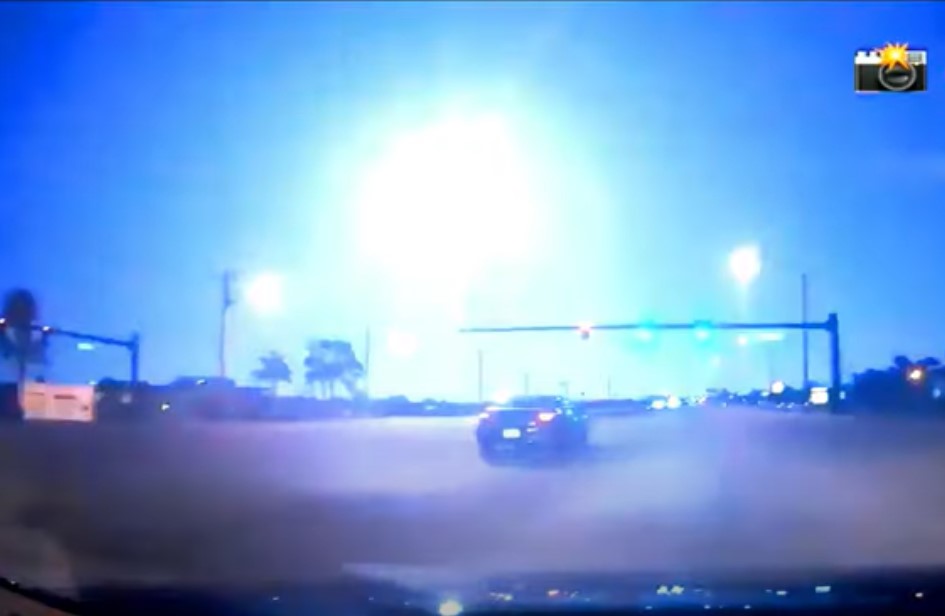
Also important is the length and direction in which the fireball was moving. Your geographic location is also very important if we are to determine the correct trajectory of this object. First of all we need the date and time (as accurate as possible!). If you are certain your object qualifies as a fireball, then there is some important information you should recall about this event. If your object lasts in excess of 10 seconds it is most likely a satellite or some sort of aircraft and not a fireball. Rarely a very large fireball will last 5-10 seconds before it is extinguished. Like ordinary meteors, they will suffer disintegration and will slow down to the point where they no longer produce light. While larger than most all other meteors entering the atmosphere, they still are traveling at tremendous velocities. Another important factor is the duration of a fireball. If the object you witnessed is brighter than any object in the sky except for the sun and the moon, then it is a fireball.

The easiest method to determine whether a meteor was a fireball or not, is to estimate its brightness. Therefore we must limit the reports to only include true fireballs and not ordinary meteors. Only true fireballs have the ability to survive all the way down to the Earth’s surface. Therefore the International Meteor Organization takes keen interest in these sightings in the hope that its origin can be determined and that perhaps meteorites can be recovered. Even if a fireball occurs over your location, you need to be outside facing the right direction or you will still miss it. They also occur over the ocean or over uninhabited portions of land. It must be remembered that fireballs also occur during the day or on a cloudy night. To the individual though, they are a rare spectacle that is witnessed very few times per lifetime. These bright meteors are what we call fireballs and they often strike fear and awe for those who witness them.įireballs actually occur every day all over the Earth. Due to the velocity at which they strike the Earth’s atmosphere, fragments larger than 1 millimeter have the capability to produce a bright flash as they streak through the heavens above. As the size of these objects approach a millimeter, they begin to produce enough light to be seen upon entry to the upper atmosphere as ordinary meteors. These tiny fragments cannot produce enough light to be seen when encountering the atmosphere and yet they contribute many tons of material to the Earth’s weight each year. These are known as micrometeoroids or simply space dust. A great majority of the material orbiting in outer space are tiny sub-millimeter sized bits of stone, ice, or metal, or a combination of these materials.

Fireballs are meteors that appear brighter than normal.


 0 kommentar(er)
0 kommentar(er)
